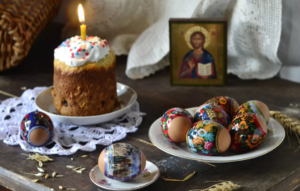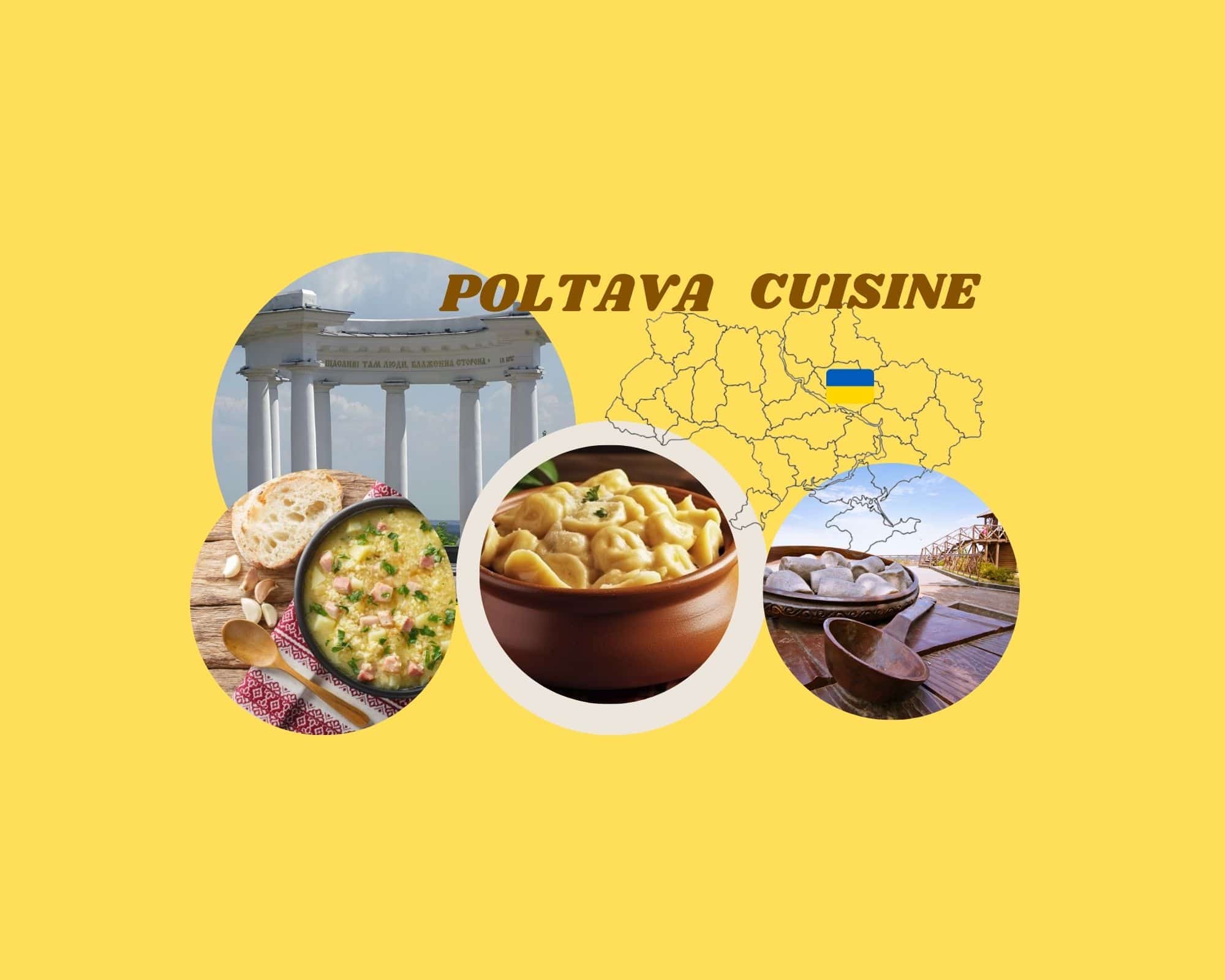Catholicism and Orthodoxy are the largest confessions that honor the feast of Easter and celebrate it on a large scale. Almost every one of us knows that there is one week between the dates of the Easter celebration. However, not all know the differences between the celebrations of Easter among Catholics and Orthodox.
In Ukraine, Easter is celebrated according to the Orthodox rite. Despite many similarities, we can observe many significant differences between the Catholic denomination. We invite you to discover 5 main differences in the celebration of Easter according to the Orthodox and Catholic rites.
Celebration date
Let’s start with the first, most obvious difference, from the celebration date. The fact is that Christians of the Catholic and Orthodox rites celebrate Easter at different times. So, Catholic Easter in 2023 falls on April 9, and Orthodox Easter on April 16. This difference in dates is based on the use of different calendars. So, Orthodox Christians in Ukraine celebrate Easter according to the Julian calendar, and Catholic Church parishioners follow the Gregorian calendar. As you can see, the difference between the holidays is 7 days.
For the Orthodox, Great Lent, which precedes the feast of Easter and lasts 48 days, is stricter than for the Catholics. This confirms the severity of the restrictions: Orthodox Christians completely exclude food of animal origin (meat, milk, eggs, fish), as well as alcoholic beverages. It is also advisable not to attend noisy holidays and refrain from sexual activity.
Exceptions are possible. For example, severe restrictions do not apply to children under 14, nursing mothers, or those who have hard work. In addition, fasting may be completely contraindicated for people with chronic diseases, especially during their exacerbation.
The Catholic Church emphasizes spiritual cleansing and does not restrict food significantly. Strict fasting is provided only for Ash Wednesday (the beginning of fasting), Good Friday, and Great Saturday. On all other days of Lent, you should give up those habits you are accustomed to, such as smoking or eating sweets. Also, during the entire fasting period, and especially the last week before Easter, Catholics constantly think about the sacrifice of Christ and actively read religious literature.
Worship at Easter
Catholics and Orthodox worships are more similar than different. In both rites, the Easter fire is lit on the Day of Jesus Christ’s Resurrection during the festive service. Orthodox churches in Ukraine are waiting for the Holy Fire, which is delivered by plane directly from the Church of the Holy Sepulcher in Jerusalem. According to the legend, it is in this sacred place that the Holy Fire “comes down.” That is, it ignites itself. Believers light their candles from this fire, then try to save its flame throughout the service and the way home.
In a Catholic church, Paschal (an Easter candle) is lit before the start of the Easter service. Paschal is used to give fire to all parishioners. It is customary to light this candle in Catholic churches throughout the Easter week.
Both Catholics and Orthodox hold a religious procession for Easter. For Orthodox Christians, the procession takes place immediately before the service, which means that the procession of believers begins from the temple. Catholics also make a procession after the festive service.
Festive table
Paska is one of the festive must-have dishes for the Orthodox. If we talk about the traditional Easter among Ukrainians, the festive menu also includes kholodets, homemade sausage, baked meat, and other popular dishes.
For Catholics, paska is not a must-have dish. In some countries, flour is used to make modern treats, such as cinnamon rolls or fruit cakes. The tradition of putting baskets in the church to bless food is optional.
Easter symbols
The Orthodox often use spring flowers to decorate their homes and festive tables. There is also a tradition to paint and decorate eggs called krashanky and pysanky in Ukraine. This decor adds a unique atmosphere to the holiday.
For Catholics, chocolate eggs and plush hares are the holiday attributes. Children at Easter often receive them as a gift. They often decorate homes in pastel, not bright colors.
As you can see, Catholics and Orthodox have their traditions and Easter celebration features. Some differences in the celebration of Easter are light, and some are profound. But even taking into account all of this, Easter is one of the lightest and most spiritual holidays.








